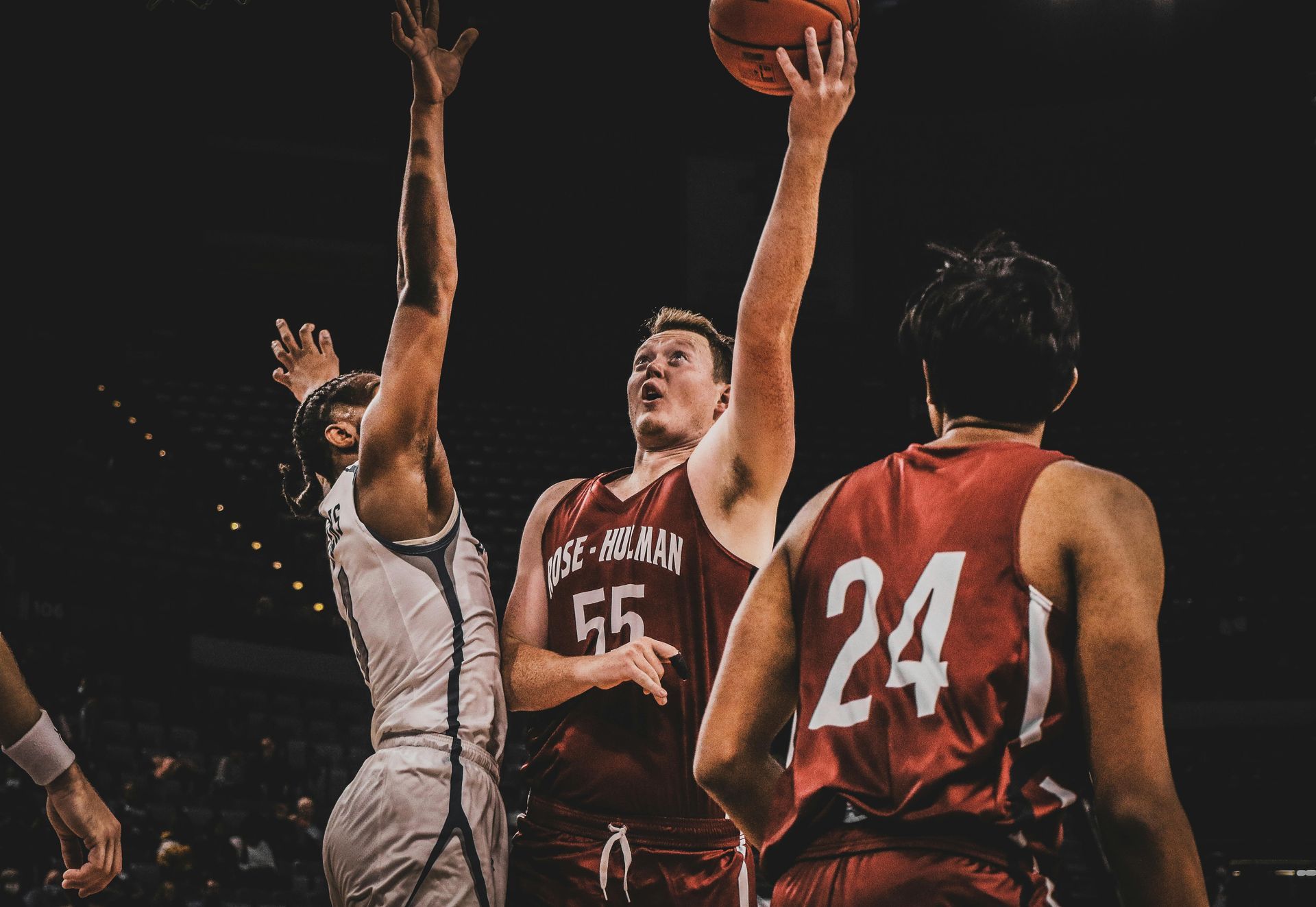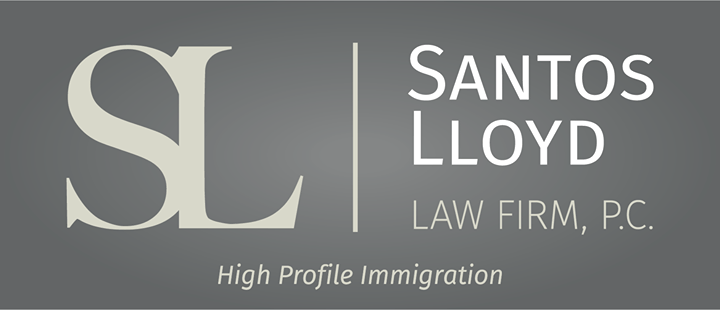Tarjetas verdes por procesos EB-2 y EB-3: Lo que los empleados de las empresas deben entender
Shirin Navabi • June 26, 2025
Click here to read this article in English
Como bufete de abogados de inmigración, asistimos regularmente a profesionales altamente cualificados que trabajan en Estados Unidos con visados de trabajo temporales como el H-1B y que buscan una vía hacia la residencia permanente. Para muchas de estas personas, las categorías EB-2 y EB-3 de tarjetas de residencia basadas en el empleo son las rutas más buscadas -y a menudo malinterpretadas-. Si bien ambas son vías viables para la residencia permanente, difieren de manera significativa que puede afectar significativamente el tiempo, la elegibilidad, y la estrategia general de su caso.
La categoría EB-2 está destinada a personas que posean un título superior o demuestren una capacidad excepcional en su campo. La mayoría de los solicitantes cumplen los requisitos si poseen un título de máster (o superior), o una licenciatura acompañada de al menos cinco años de experiencia progresiva en su profesión. También existe una subcategoría dentro de la EB-2 conocida como Exención por Interés Nacional (NIW por sus siglas en inglés), que permite a las personas cualificadas presentar su propia solicitud sin el patrocinio del empleador si su trabajo beneficia sustancialmente a Estados Unidos. Esta vía es especialmente relevante para investigadores, empresarios y profesionales en campos de alto interés nacional o de misión crítica.
Por el contrario, la categoría EB-3 incluye a profesionales con una licenciatura, así como a trabajadores cualificados con al menos dos años de formación o experiencia. Aunque el umbral educativo para la EB-3 pueda parecer menos riguroso, el proceso en sí está igualmente estructurado. Una distinción clave entre EB-2 y EB-3 radica en los requisitos del puesto de trabajo que se ofrece, no sólo en las propias credenciales del solicitante. Por ejemplo, si un puesto sólo requiere una licenciatura, incluso un candidato altamente cualificado con un máster puede entrar en el ámbito de aplicación de la EB-3.
Independientemente de la categoría que se aplique, la mayoría de los casos de permiso de residencia por motivos laborales comienzan con el proceso de certificación laboral PERM. Se trata de un procedimiento formal supervisado por el Departamento de Trabajo de Estados Unidos, en el que el empleador debe analizar el mercado laboral y demostrar que no hay trabajadores estadounidenses capaces, dispuestos, cualificados y disponibles para el puesto. El empresario también debe comprometerse a pagar el salario vigente determinado por el Departamento de Trabajo. Este paso es obligatorio y muy sensible a los detalles; las imprecisiones en la descripción del puesto, los pasos de contratación o la determinación del salario pueden provocar retrasos importantes o incluso denegaciones.
Una vez aprobada la certificación PERM, el empleador presenta el formulario I-140, la Petición de Inmigrante para Trabajador Extranjero. Esta petición confirma que el empleado cumple los requisitos para el puesto ofrecido, ya sea EB-2 o EB-3, y que el empleador es financieramente capaz de proporcionar el trabajo como se describe. Si la fecha de prioridad del empleado -que se basa en la fecha en que se presentó el PERM- es actual según el Boletín de Visados del Departamento de Estado, la persona puede presentar el Formulario I-485
para ajustar su estatus a residente legal permanente.
Uno de los aspectos más matizados de este proceso consiste en comprender cómo afectan al calendario las fechas de prioridad y los retrasos en la tramitación de visados. Para los solicitantes procedentes de países con gran demanda, como India o China, es habitual que se produzcan retrasos significativos, sobre todo en la categoría EB-2. Paradójicamente, hay ocasiones en las que la categoría EB-3 avanza más rápido, lo que lleva a algunos solicitantes a presentar un segundo I-140 bajo EB-3 manteniendo la fecha de prioridad original. Esta estrategia puede ser eficaz, pero requiere una cuidadosa planificación legal para garantizar que se hace correctamente.
En última instancia, la elección entre EB-2 y EB-3 tiene otro factor estratégico que es la portabilidad. Si su solicitud I-485 ha estado pendiente durante al menos 180 días y su I-140 ha sido aprobado, usted puede ser elegible para cambiar de empleador bajo las disposiciones de portabilidad AC21, siempre y cuando el nuevo trabajo sea en la misma clasificación ocupacional o similar. Esta flexibilidad puede ser fundamental para los empleados que experimentan cambios de trabajo o ascensos.
No se trata de prestigio, sino de adecuar sus cualificaciones, los requisitos del puesto y su historial de inmigración a las normas legales vigentes y a las condiciones del mercado. La estrategia adecuada depende no solo de tu formación y experiencia, sino también de tus objetivos profesionales a largo plazo y de tu país de origen.
En nuestro bufete, trabajamos estrechamente con empleadores y empleados para desarrollar estrategias de inmigración individualizadas que agilicen el proceso y eviten contratiempos innecesarios. Si usted es un profesional corporativo evaluando sus opciones de tarjeta verde o un empleador que se prepara para patrocinar a un miembro clave del equipo, ofrecemos la visión y la experiencia para avanzar en su caso con confianza.
Este blog no pretende ser una asesoría legal y nada aquí debe interpretarse como el establecimiento de una relación abogado-cliente. Programe una consulta con un abogado de inmigración antes de actuar sobre cualquier información que aquí lea.

For many talented athletes around the world, U.S. college athletics represent a remarkable opportunity to combine elite athletic competition with higher education. In sports such as basketball, soccer, track and field, and tennis, among others, hundreds of colleges and universities across the United States offer struct

Under the new regulation, if a person filed or files Form I-589, Application for Asylum and for Withholding of Removal after October 1, 2024, and the application remains pending with USCIS for 365 days, the applicant must pay an Annual Asylum Fee (AAF) on the one-year anniversary of his or her filing date.

It’s no secret that the U.S. immigration system has faced increased scrutiny and change in recent months. From evolving policies to headlines filled with uncertainty, it’s understandable that many individuals are left wondering: Is this still the right time to pursue a future in the United States? The answer is yes—and here’s why. Despite the shifting political landscape, the core structure of U.S. immigration law remains firmly in place. While the process may appear more complex or demanding than it once was, the legal pathways to live, work, and thrive in the United States are still open and accessible to those who take the proper steps. What often gets lost in the conversation is that the United States remains a country built on innovation, creativity, and resilience. It continues to attract global talent, entrepreneurs, artists, and professionals from all walks of life. Whether you are launching a business, advancing your career, or seeking a better life for your family, the United States offers unparalleled opportunities to those who are prepared and determined. Much of what makes the United States a global economic and technological leader today is the direct result of contributions made by immigrants. Nearly half of the current Fortune 500 companies were founded by immigrants or their children. Immigrant entrepreneurs have long been an essential part of America’s economic success story. Some of the largest and most recognizable American companies were founded by immigrants or the children of immigrants. This includes household names such as Apple and Costco. Moderna, the pharmaceutical company and vaccine producer, was founded by a Canadian-born stem cell biologist, Derrick J. Rossi, whose parents themselves emigrated from Malta. These success stories are not outliers; they are part of a broader pattern that reflects the drive, innovation, and resilience that immigrants bring to the country. The United States also offers one of the most dynamic and diverse economies in the world. It is a place where hard work, fresh ideas, and entrepreneurial vision are rewarded. For creative professionals, business leaders, and investors, the United States provides a unique platform to grow, connect, and gain global influence. Its competitive marketplace, access to capital, and culture of innovation create unmatched opportunities for those ready to seize them. While the immigration process requires careful planning, that process is far from impossible. Indeed, having strong legal guidance is one of the most effective advantages an applicant can possess. Immigration law is complex, and each case must be evaluated individually. A clear, strategic plan tailored to your background and goals can significantly improve your chances of success. What may feel like a hurdle at first glance is often navigable with solid preparation and documentation. At our immigration law firm, we have had the privilege of assisting individuals from all over the world as they navigate these complexities. Time and again, we have witnessed how determination, careful preparation, and experienced legal counsel can turn uncertainty into opportunity and help transform a vision for the future into reality. If you have been uncertain about whether to move forward, let this be your sign to take the next step. The United States is still a land of possibilities. If you are ready to take that step, now is the time to act. Let us build your path forward together.



